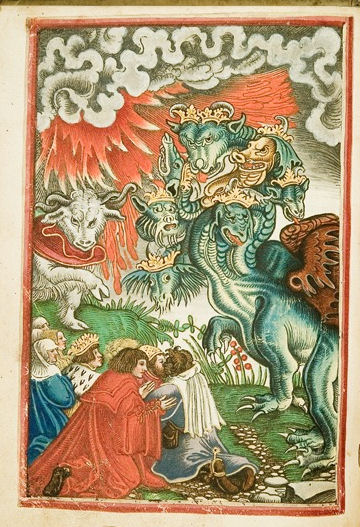Title page[1] from the Carlos Schwabe illustrations for Charles Baudelaire’s Les Fleurs du mal.
I have no clue what plant it is (a flesh-eating plant perhaps?), nor if it is real or imaginary, but I’m pretty sure it fits in the horticultural horror category.
Additionally, as far as I know, this illustration is the only literal interpretation of the flowers of evil.
One thing inevitably leads to another:
On opening my copy of The Romantic Agony for the nth time brought up this passage:
“That poetry is like the arts of painting, cooking, and cosmetics in its ability to express every sensation of sweetness or bitterness, of beatitude or horror, by coupling a certain noun with a certain adjective, in analogy or contrast” writes Baudelaire in an unpublished preface to a 2nd preface of The Flowers of Evil (translation by Marthiel and Jackson Mathews).
Beautiful isn’t it, this trying to connect poetry to cuisine and cosmetics via adjectives and nouns in logical combinations, evoking diverse sentiments?
See also: literature and olfaction, synesthesia and literature, paragone and ekphrasis.





